
Choosing the Right Power Adapter for Japan
Traveling to Japan offers a unique and enriching experience, but to keep your devices powered and ready, you’ll need to ensure you have the correct power adapter and voltage compatibility. Japan’s electrical outlets and voltage system are different from those in many other countries, so preparing the right adapter is essential for charging electronics like phones, cameras, and laptops. This guide explains Japan’s power standards and provides tips on choosing the right power adapter, voltage converters, and safety considerations for smooth travel.
This comprehensive guide covers the essentials for selecting a power adapter for Japan, including types of adapters, voltage compatibility, and practical advice for using electronics abroad.
Contents
1. Understanding Japan’s Power Standards
2. Choosing the Right Power Adapter
3. Voltage and Frequency Compatibility
5. Universal Adapters vs. Japan-Specific Adapters
1. Understanding Japan’s Power Standards
Japan uses Type A and Type B plugs, similar to those found in North America. Type A plugs have two flat, parallel prongs, while Type B plugs have two flat prongs plus a grounding pin. Japan’s standard voltage is 100V, which is lower than the 110-120V used in countries like the United States and significantly lower than the 220-240V used in Europe and other regions. Japan also has two frequency standards: 50 Hz in eastern Japan (Tokyo and surrounding areas) and 60 Hz in western Japan (Osaka, Kyoto, and beyond). Most travelers will need an adapter and, in some cases, a voltage converter to safely use their devices.
2. Choosing the Right Power Adapter
A power adapter allows your device’s plug to fit into a Japanese electrical outlet but does not convert voltage. If your devices are already compatible with 100V (most modern electronics are), you’ll only need an adapter. A Type A adapter will work for most devices, but if you have devices with three-prong (grounded) plugs, look for an adapter that also accommodates Type B outlets. Many universal adapters include Type A and B compatibility, making them versatile for Japan and other countries.
3. Voltage and Frequency Compatibility
Understanding voltage and frequency compatibility is crucial to safely using your electronics in Japan:
Voltage Compatibility
Japan’s voltage is lower than in most other countries, so check your device’s label for voltage compatibility. Many modern electronics (like smartphones, laptops, and cameras) are dual-voltage, meaning they can handle voltages from 100V to 240V. Look for the label on your device or charger that says “100-240V” to confirm compatibility. Devices labeled as “110V” or “220-240V” only are not compatible without a voltage converter.
Frequency Compatibility
Most devices are frequency-tolerant and work with both 50 Hz and 60 Hz, but some electronics, especially those with motors, may be sensitive to frequency differences. Check if your devices specify a frequency range; if they are marked with “50/60 Hz,” they’re compatible with both standards and should work throughout Japan.
4. Using a Voltage Converter
If your devices are not compatible with 100V, you’ll need a voltage converter. Voltage converters step up or down the voltage to make it suitable for your device. However, converters are generally bulky and may not be ideal for portable electronics. For items like hair dryers or electric shavers, consider buying a travel-friendly Japanese version or using devices that are dual-voltage compatible. Voltage converters are best for high-powered devices that can’t tolerate voltage differences, but they’re generally not recommended for sensitive electronics.
5. Universal Adapters vs. Japan-Specific Adapters
When choosing an adapter, consider whether a universal adapter or a Japan-specific adapter best suits your needs:
Universal Adapters
Universal adapters are a practical option for frequent travelers since they include multiple plug types compatible with outlets around the world. These adapters often feature interchangeable plug faces, including Type A and Type B, making them versatile for travel in Japan and beyond. Some universal adapters also come with USB ports, allowing you to charge multiple devices at once.
Japan-Specific Adapters
If you’re only visiting Japan, a simple Type A or Type B adapter might be all you need. These adapters are compact, affordable, and easy to pack, making them an excellent choice for short trips. Japan-specific adapters are available at electronics stores, travel shops, and airports, making it easy to find a suitable adapter for Japan’s outlets.
6. Additional Tips and Considerations
To make your experience smoother, keep these additional tips in mind:
Bring a Power Strip
Japanese hotels and accommodations may have limited outlets, so bringing a small power strip allows you to charge multiple devices at once. Look for a power strip with universal outlets if you have devices from multiple countries.
Consider USB Charging Options
Many modern adapters come with USB ports, which are ideal for charging smartphones, tablets, and other small electronics. A USB charger or power bank can be especially helpful if you’re traveling long distances without easy access to outlets.
Check Device Compatibility in Advance
Verify your device’s voltage, frequency, and plug requirements before your trip to avoid any issues. If your device isn’t compatible, you may want to buy a travel-specific version or rely on dual-voltage devices that work in Japan.
7. Conclusion: Preparing for a Smooth Trip
Choosing the right power adapter for Japan ensures that your devices stay charged and functional throughout your trip. By understanding Japan’s power standards and planning accordingly, you can avoid compatibility issues and focus on enjoying your travel experience. Whether you opt for a simple Type A adapter or a universal solution with multiple charging options, the right preparation will make it easy to stay connected and powered in Japan.
Share
You may also like
-

Visiting Japan’s Love Hotel Districts: What to Expect
Japan’s love hotel districts are famous for their unique and fascinating blend of privacy, creativity, and a touch of...
-

Top 10 Late-Night Dining Spots in Tokyo’s 24-Hour Cafes
Tokyo’s vibrant nightlife extends well beyond bars and nightclubs, with a thriving late-night dining culture tha...
-
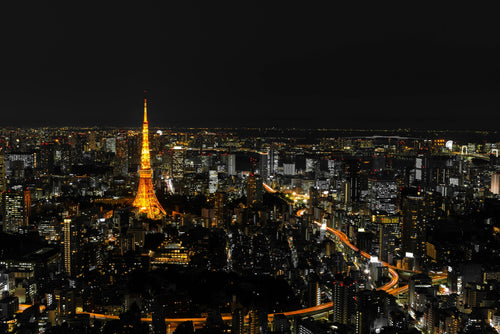
Best Night Tours in Tokyo for After-Dark Adventures
Tokyo’s nightlife is renowned for its energy, vibrancy, and unique blend of traditional and modern experiences. From ...
-
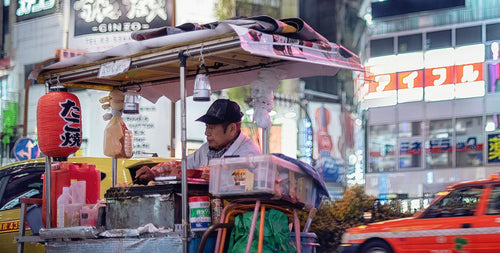
Japan’s Late-Night Food Culture: 8 Best Street Eats
Japan’s late-night food culture is a vibrant experience, especially in bustling cities like Tokyo and Osaka, where de...
-
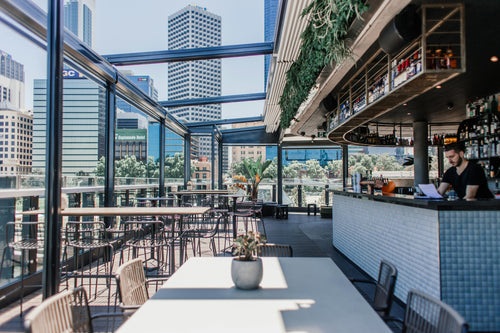
7 Rooftop Bars in Tokyo for Stunning Views
Tokyo’s rooftop bars offer some of the best ways to soak in the city’s skyline while enjoying drinks, atmosphere, and...
-

10 Best Nightclubs in Tokyo for Dancing and Music Lovers
Tokyo's nightlife is renowned for its variety and energy, with nightclubs that range from high-energy dance floors to...
-
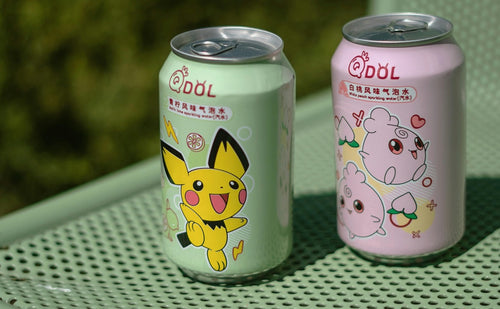
8 Themed Bars and Cafes You Need to Visit in Tokyo
Tokyo is famous for its creative and quirky themed bars and cafes, offering immersive experiences for locals and...
-

Tokyo Nightlife Guide: Shinjuku, Shibuya, and Roppongi Highlights
Tokyo’s nightlife is legendary, offering a mix of vibrant energy, entertainment, and unique experiences in some of it...
-
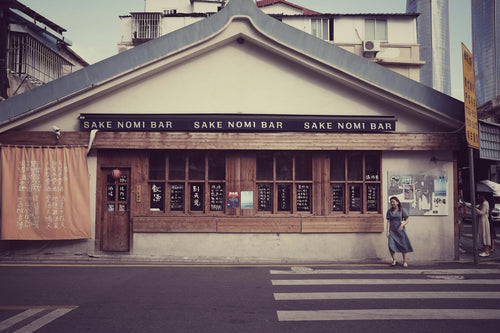
7 Best Japanese Sake Bars in Tokyo
Tokyo is home to some of Japan’s best sake bars, offering both locals and visitors an opportunity to explore the...
-
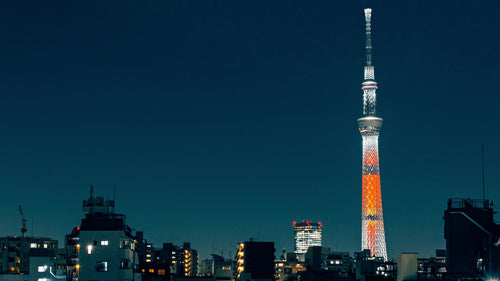
Top 6 Observation Decks in Tokyo for Scenic Views
Tokyo’s observation decks offer some of the best panoramic views of the city, giving visitors a chance to see th...
-
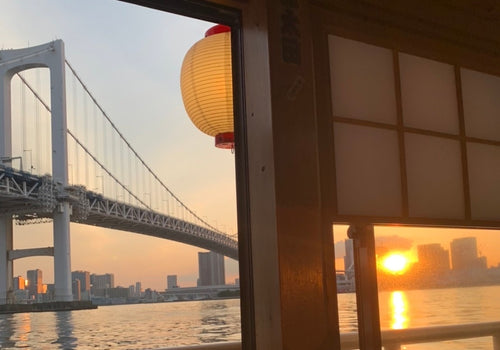
Night Cruises in Tokyo: Enjoy the City Views
Tokyo’s skyline is mesmerizing at any time, but experiencing it from the water on a night cruise adds a magical ...
-
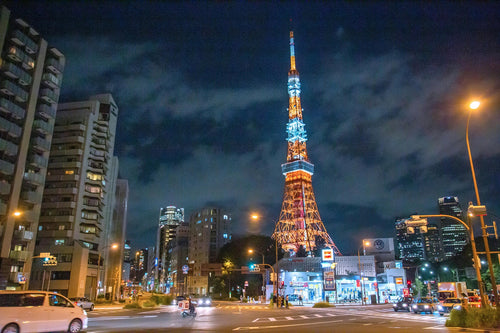
Roppongi Art and Nightlife Guide
Roppongi is one of Tokyo’s most vibrant districts, known for its lively nightlife, sophisticated art scene, and ...
-
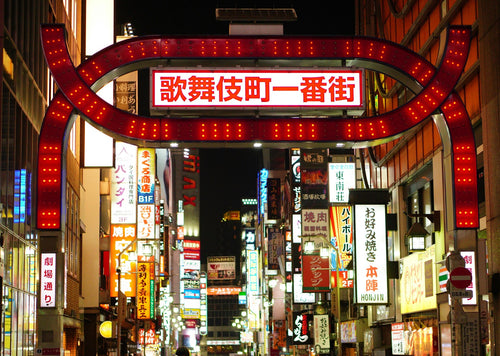
Nightlife Guide to Shinjuku Kabukicho
Shinjuku’s Kabukicho district, known as Tokyo’s “Sleepless Town,” is the center of nightlife in Tokyo. Renowned ...
-
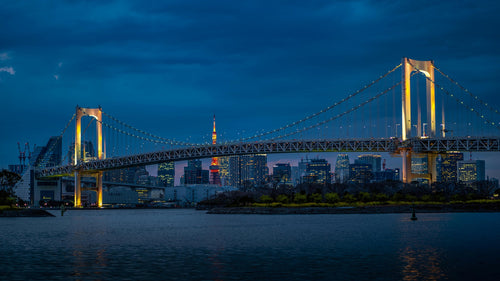
6 Best Night View Spots in Tokyo
Tokyo at night is a breathtaking spectacle, with illuminated skyscrapers, iconic landmarks, and bustling streets that...
-
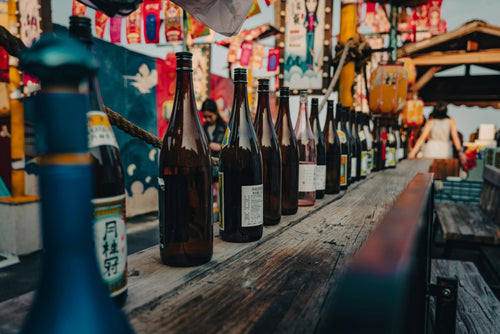
Top 12 Sake Breweries in Japan for Tasting and Tours
Japan’s sake culture is celebrated around the world for its depth, complexity, and rich history. Sake, or nihons...
-
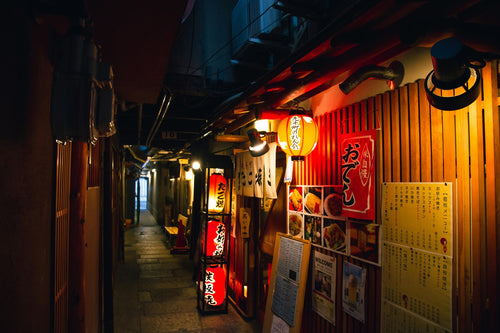
How to Enjoy a Night at a Japanese Izakaya
Japanese izakayas are casual, lively spots where locals gather after work to enjoy drinks, share small plates, a...
-

Exploring Karaoke Culture in Japan: 8 Best Places to Sing
Karaoke is an integral part of Japanese culture, offering a fun and entertaining way for friends, family, and even co...
-
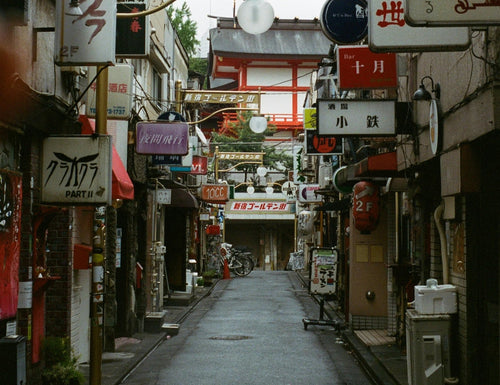
5 recommended bars in Golden Gai
Golden Gai, nestled in the heart of Tokyo’s Shinjuku district, is one of the city’s most iconic bar districts. Known ...
-

10 Japanese Gardens You Should Visit for Tranquility
Japanese gardens are renowned for their beauty, tranquility, and intricate designs that reflect harmony with nature. ...
-
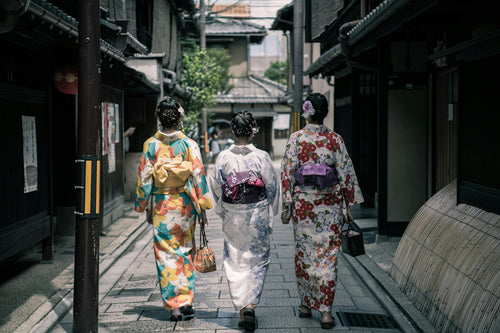
Japan’s Kimono Heritage: Symbolism, Style, and Where to See
The kimono, Japan’s traditional garment, is a beautiful and symbolic representation of Japanese culture. From its int...
-
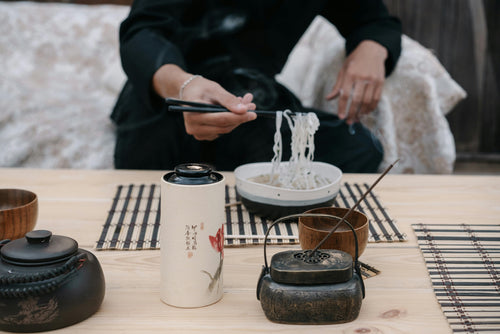
Etiquette Essentials for Visitors to Japan
Japan’s culture is rich in respect, politeness, and consideration, making etiquette an essential part of daily l...
-

7 Best Places to Discover Japan’s Samurai History
Japan’s samurai history is one of honor, skill, and deep cultural influence, stretching back centuries and leaving an...
-
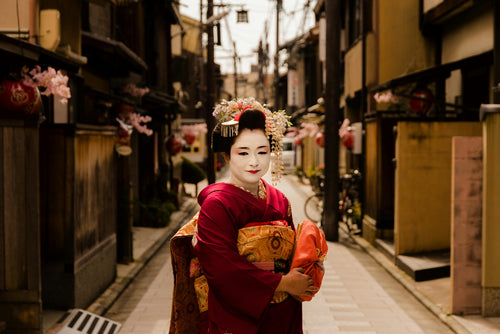
Geisha Culture in Japan: Myths and Realities
The world of geisha, Japan’s skilled performers and keepers of traditional arts, has long intrigued people around th...
-
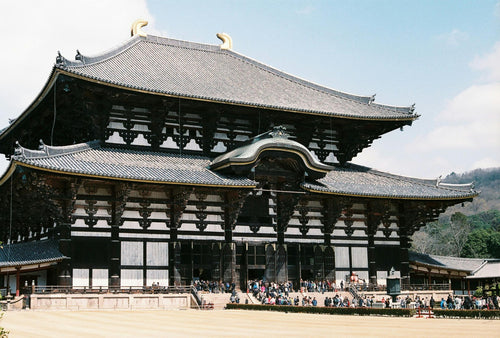
Japan’s Unique Architecture: Top 8 Traditional and Modern Landmarks
Japan is renowned for its unique blend of ancient architectural heritage and cutting-edge modern designs. From c...
-
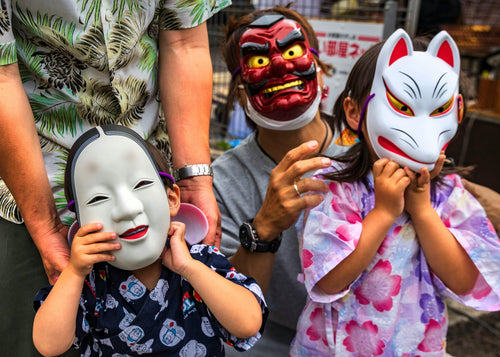
10 Traditional Japanese Festivals (Matsuri) You Can’t Miss
Japanese festivals, or *matsuri*, are vibrant celebrations of cultural heritage, featuring elaborate costumes, l...
-
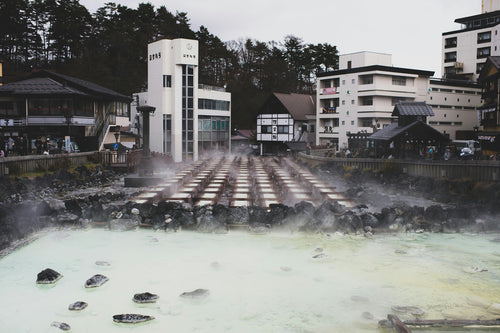
Japan’s Three Great Onsen: A Guide to Famous Hot Springs
Japan is famous for its natural hot springs, or *onsen* (温泉), offering visitors a unique opportunity to relax and rej...
-
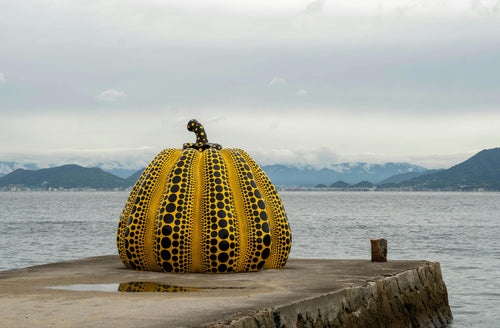
Japanese Art Exploration: Best Spots to Enjoy Art in Japan
Japan is a country rich in artistic heritage, from centuries-old traditional crafts to modern, innovative instal...
-

Guide to Japan’s Fireworks Festivals: When and Where to Go
Japan’s summer fireworks festivals, known as "hanabi taikai" (花火大会), are among the most anticipated events in th...
-
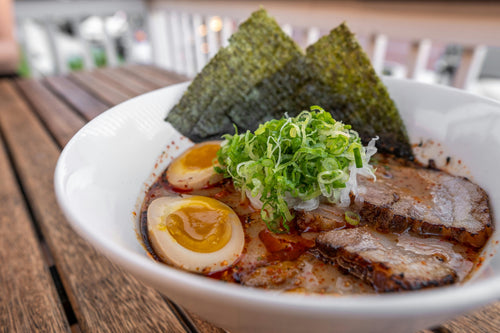
Where to Experience Ramen-Making Classes in Japan
Ramen is one of Japan’s most beloved dishes, with countless regional styles and flavors that attract food lovers from...
-
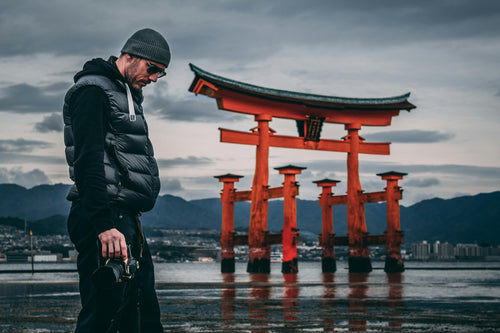
Power Spot Tours: Japan’s Famous Temples and Shrines
Japan is a land steeped in spiritual history, and visiting its temples and shrines provides not only a glimpse i...
-
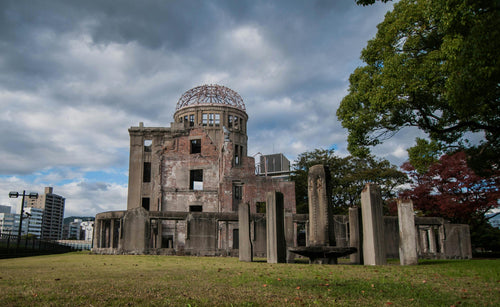
UNESCO World Heritage Site Tour Guide in Japan
Japan is home to numerous UNESCO World Heritage Sites, each offering a glimpse into the country’s rich cultural herit...
-
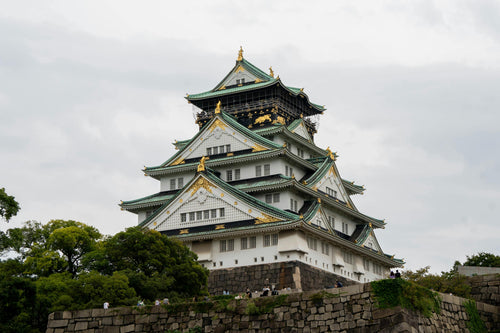
5 Famous Japanese Castles: History and Highlights
Japan is home to some of the most beautiful and historically significant castles in the world. Built during the feuda...
-
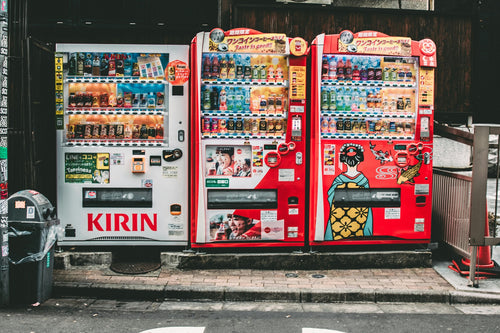
10 Unique Drinks to Try from Japanese Vending Machines
Japan is famous for its vending machines, offering an incredible variety of drinks that go beyond just soft drinks an...
-
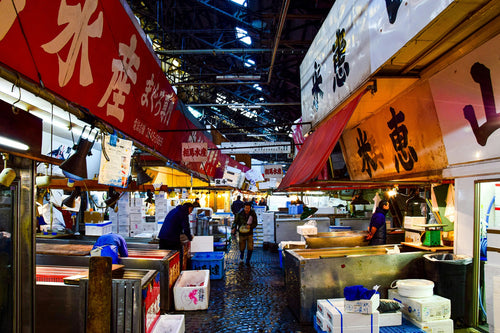
Tokyo Market Guide: Exploring Tsukiji and Toyosu Markets
Tokyo's Tsukiji and Toyosu Markets are must-visit spots for food lovers and anyone interested in Japan’s rich culinar...
-
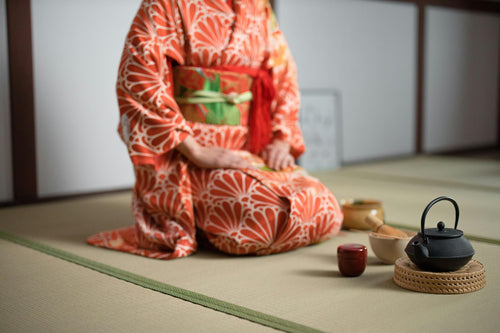
Experiencing Traditional Tea Ceremony in Tokyo
The Japanese tea ceremony, or "chanoyu," is a cultural experience steeped in tradition, aesthetics, and mindfulness....
-
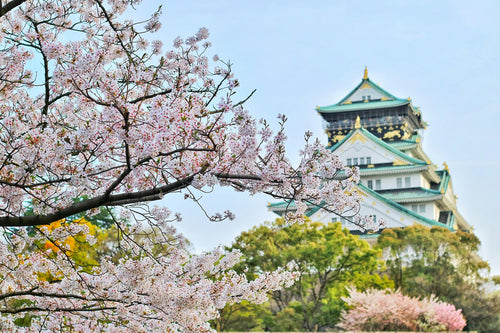
Top 7 Cherry Blossom Viewing Locations in Tokyo
Springtime in Tokyo is synonymous with the cherry blossom season, a breathtaking period when the city’s parks, rivers...
-
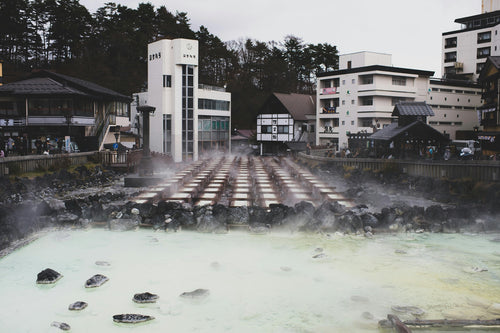
What is Onsen? A Guide to History, Benefits, and Etiquette
Onsen, Japan’s cherished hot spring culture, offers a unique blend of relaxation, scenic beauty, and deep-rooted trad...
-
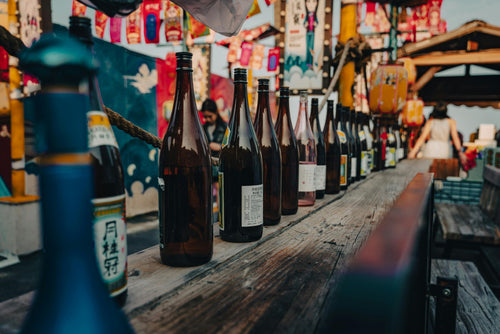
What is Sake? Its Production Method and History
Sake is a traditional Japanese alcoholic beverage made from fermented rice. It has been enjoyed in Japan for over a t...
-
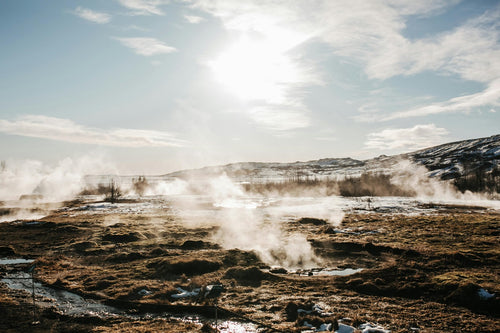
8 hot springs with beautiful scenery near Tokyo
Tokyo is a bustling metropolis, but just outside the city are some of Japan's most serene hot springs, or onsens, off...
-

Top 10 museum to visit in Tokyo
Tokyo is home to a diverse range of museums that cater to all interests, from art and history to technology and pop c...
-
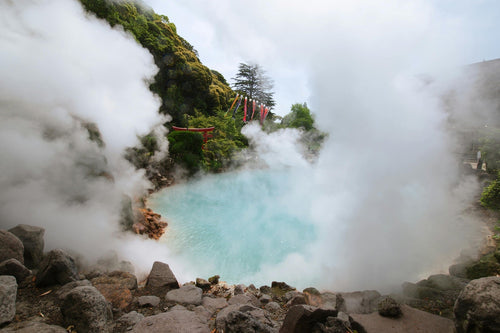
9 Best Hot Spring and Bathhouse in Tokyo
Tokyo is known for its vibrant urban energy, but it's also a fantastic place to relax and rejuvenate in hot springs (...
-
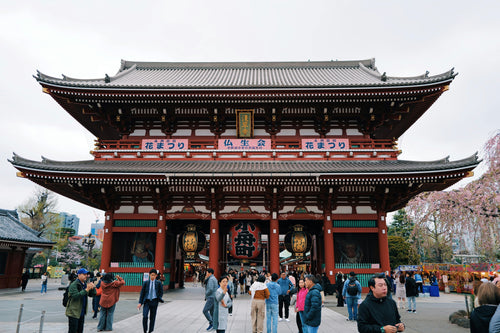
15 Famous Temples and Shrines to Visit near Tokyo
Tokyo and its surrounding areas are home to many famous temples and shrines that showcase Japan's rich spiritual and ...










































